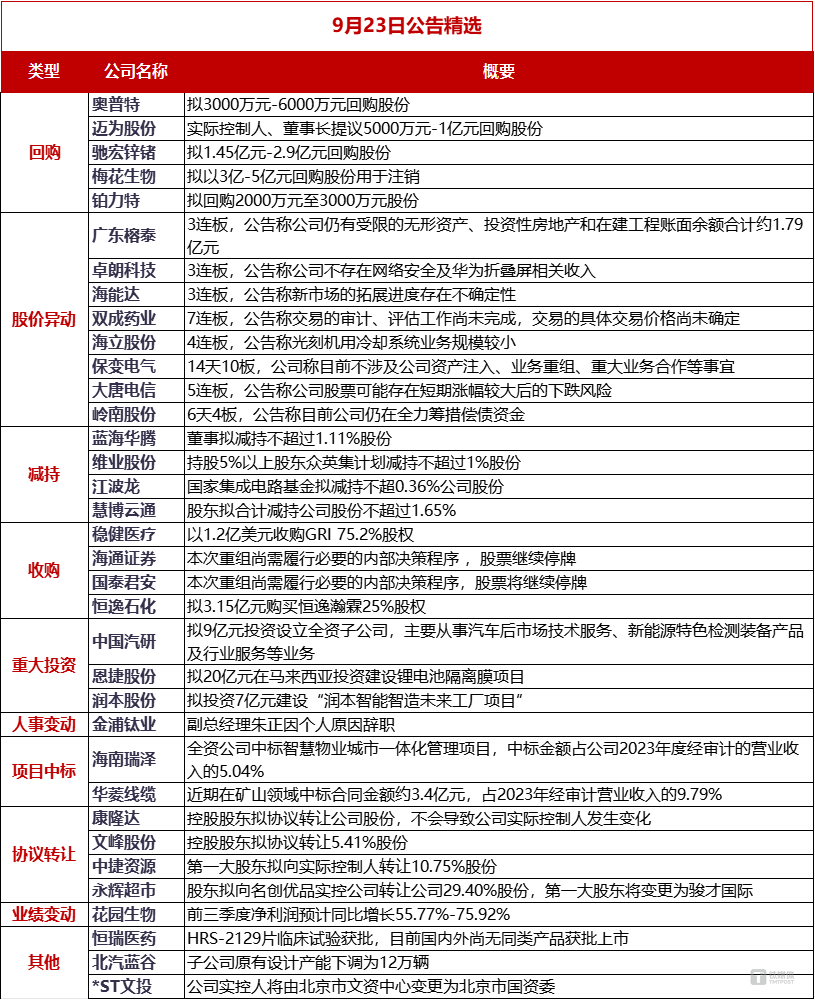
AsianFin -- AutoNavi, the Alibaba-backed digital mapping firm better known for its Gaode Maps app, is pivoting from ground navigation to the skies, betting that China』s emerging low-altitude economy will be a multi-billion-yuan market in the coming decade.
On July 30, AutoNavi announced a strategic partnership with Shenzhen』s Longgang District to co-develop infrastructure and digital services for aerial mobility, spanning areas such as intelligent driving, urban airspace management, drone delivery, and smart transportation. The collaboration includes the launch of 「Longgang Aerial AutoNavi,」 a full-scenario demonstration zone aimed at setting industry standards for low-altitude digital ecosystems.
At the core of the initiative is a three-dimensional digital operations base, combining modules for low-altitude security, spatial services, and airspace governance. Leveraging AI-driven spatial modeling and deep learning, AutoNavi has built an automated spatiotemporal reconstruction platform capable of generating high-fidelity aerial digital maps in real time—eliminating costly manual data collection.
「Using AI, AutoNavi delivered Longgang』s aerial digital base in less than a month,」 said Dong Zhennin, Vice President of AutoNavi Maps. 「Once you have this digital base, companies operating drones or other aerial systems can dramatically cut deployment times and costs.」
Previously, drone route planning required on-ground testing and took up to a week. Now, with AutoNavi』s platform, routes can be planned, approved, and executed in a matter of hours, streamlining airspace management processes for regulatory authorities and operators alike.
Much like its aggregation strategy in ride-hailing, AutoNavi envisions a similar platform model for the low-altitude economy. The company is integrating multi-source data—including navigation, meteorology, airspace management, and real-time human and vehicle flows—to create a comprehensive service marketplace for equipment manufacturers, service providers, and end-users.
For public sector applications, AutoNavi has developed a 「Unified Aerial Management」 system to support urban governance tasks such as aerial city patrols, emergency response, and drone-based firefighting. In logistics, its 「Integrated Empowerment」 solution offers end-to-end services—including route planning, supply-demand matching, and dynamic pricing—targeting scenarios like hospital sample deliveries and last-mile express logistics.
「The low-altitude economy will only succeed if every participant—from drone operators to regulators—can sustainably profit,」 Dong said. He forecasts the sector reaching a business scale of several hundred billion yuan over the next five to ten years.
AutoNavi plans to make Shenzhen the national hub for low-altitude digital services, with satellite regional centers established across China. The company is working with regulators and ecosystem partners to standardize operational models and accelerate nationwide adoption.
The Longgang Aerial AutoNavi project has already established a 900 million yuan ($125 million) industry fund, attracting over 10 ecosystem enterprises focused on joint R&D and application development. The district has constructed 125 drone takeoff and landing platforms, opened 217 designated aerial routes, and recorded over 300,000 flights to date.
By transforming low-altitude airspace into a managed, digitized environment, AutoNavi is positioning itself at the nexus of China』s next frontier in urban mobility and smart city development.




























